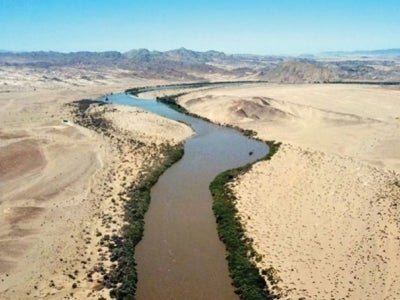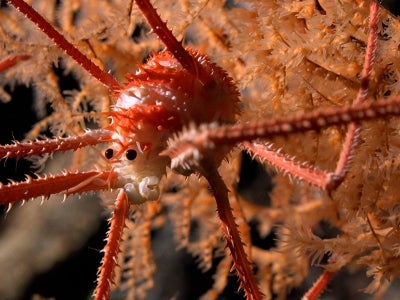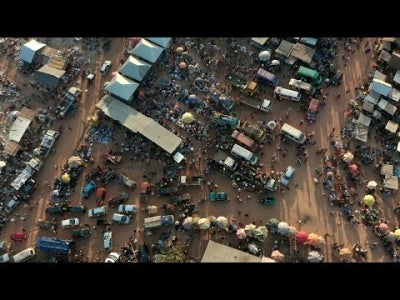
It has been more than 20 years since South Korea and China began a novel partnership to restore and protect the shallow body of salt water that lies between them: the Yellow Sea, a semi-enclosed marine area bracketed by the Chinese mainland and the Korean peninsula.
The Yellow Sea’s amber-tinged waters and coastlines teem with 1,600 different species of fauna – from dugongs and sea turtles to flounders and rockfish. The land around the sea also teems with humanity. More than 600 million people, or 10 percent of the global population, live on or near its shores and rely on its health for food and income.
A generation ago, it became increasingly clear that the rapid economic development of the surrounding region was placing a heavy strain on this fragile and valuable environment.
Over-fishing and pollution from industry, agriculture, and housing had depleted fish stocks, while many of the region’s tidal mudflats, key feeding grounds for migratory birds, had been lost to coastal reclamation. Biodiversity was also threatened by invasive species and ecosystem changes such as algal blooms and nutrient contamination.
To counterbalance these threats, the governments of China and the Republic of Korea began working with the Global Environment Facility and UN Development Programme (UNDP) in the mid-1990s to lay plans for the Yellow Sea Large Marine Ecosystem Project (YSLME).
A new report published by the YSLME project and available through the GEF’s International Waters knowledge-sharing platform IW:Learn details the array of innovative solutions introduced since the start of the Yellow Sea Large Marine Ecosystem project.
These have included the ranching of key marine species for reintroduction, government-led schemes to buy back fishing vessels and lessen pressure on stocks, enhanced monitoring of pollutants, and curbs on coastal reclamation and commercial fishing.

These initiatives have benefited the region in many ways: restoring marine forests around the picturesque island of Jeju to stem the spread of barren ground near the coast, helping to protect the tiny and critically endangered spoon-billed sandpiper, and encouraging cooperation with other countries to preserve the habitat of the spotted seal, one of the region’s flagship species.
The first phase of the project initially focused on helping the countries conduct a Transboundary Diagnostic Analysis (TDA) of the Yellow Sea to pinpoint the most pressing environmental perils and their immediate and root causes.
This analysis formed the technical basis for the bilateral talks between China and the Republic of Korea that led up to the preparation and ministerial adoption of an initial Strategic Action Programme. Approved by both countries in 2009, the Programme set out pledges from the partners to take steps to reduce environmental pressures, such as fishing limits, improved management of sea and coastal areas, and pollution reduction targets.
A second phase of the project began in 2014 and closed in 2021. This phase resulted in the preparation of a new YSLME Strategic Action Programme for 2020-2030 and an updated TDA to guide and inform efforts.
A critical part of the initiative was the sharing of successes, challenges, and lessons, so other regions could learn from the marine restoration efforts of China and the Republic of Korea.
“Thanks to the results, experience and lessons from the Yellow Sea Large Marine Ecosystem Project, countries around the world are better equipped to put in place good practices on sustainable fisheries and aquaculture that can protect the ocean’s health and propel sustainable blue development,” said GEF CEO and Chairperson Carlos Manuel Rodriguez. “It is a shining example of what can be achieved through cooperation on shared marine resources.”


